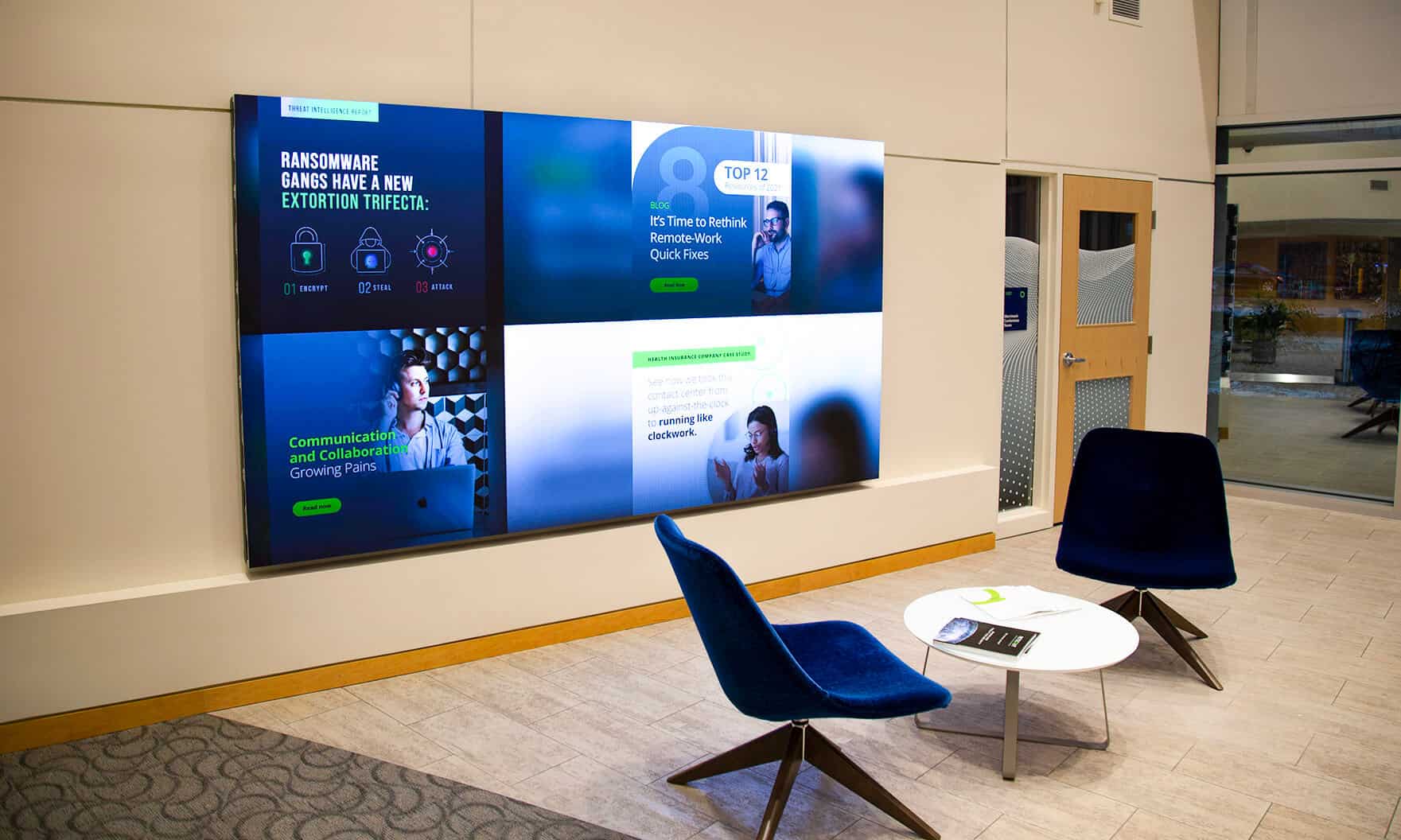Perfecting Hue Accuracy in Light Emitting Diode Wall Adjustment for Stunning Graphic Displays
Perfecting Hue Accuracy in Light Emitting Diode Wall Adjustment for Stunning Graphic Displays
Blog Article
Hue accuracy is essential for creating breathtaking graphic presentations, especially when using LED walls. These large screens are commonly found in places like concert venues, sports arenas, and promotional billboards. When the hues on an LED screen are not accurate, the visuals can look dull or distorted, which can affect the overall experience for audiences. Therefore, perfecting color precision in LED wall tuning is vital for attaining lively and true-to-life visuals.
The first step in guaranteeing color precision is comprehending how LED technology works. LEDs, or light-producing diodes, generate light in multiple shades by combining red, green, and blue (RGB) light. Each pixel on an LED wall is made up of these three hues. When calibrated correctly, the mix of RGB can create a wide range of colors. However, if one hue is too intense or too faint, it can throw off the entire screen. This is why calibration is necessary to balance the hues and reach the intended visual effect.
Tuning involves modifying the settings of the LED screen to make sure that the colors shown correspond the initial content as nearby as possible. This procedure typically includes using specific software and hardware tools. Technicians frequently use color assessment devices, such as useful reference color meters, to analyze the hues being displayed. By comparing the assessed colors to standard color standards, they can make exact adjustments. This ensures that the hues are not only vibrant but also uniform across the entire display.
Another important aspect of color precision is understanding the surroundings in which the LED wall is employed. Factors such as surrounding light can significantly affect how hues appear. For example, a brightly lit room may fade hues, making them look less lively. To counteract this, technicians may modify the luminosity and differentiation settings of the LED screen. Additionally, they may choose particular color profiles that are more suited for various lighting conditions. This flexibility helps preserve color accuracy regardless of the observing surroundings.
Ultimately, regular maintenance and recalibration are crucial for keeping an LED wall looking its finest. Over time, the functionality of LEDs can change due to factors like degradation and temperature fluctuations. Regular inspections and adjustments can help ensure that the hues remain correct and lively. By committing time in proper calibration and upkeep, venues can provide audiences with breathtaking graphic displays that improve their total experience. Perfecting color precision in LED wall tuning is not just a mechanical task; it is an expertise that contributes to the magic of graphic narration.